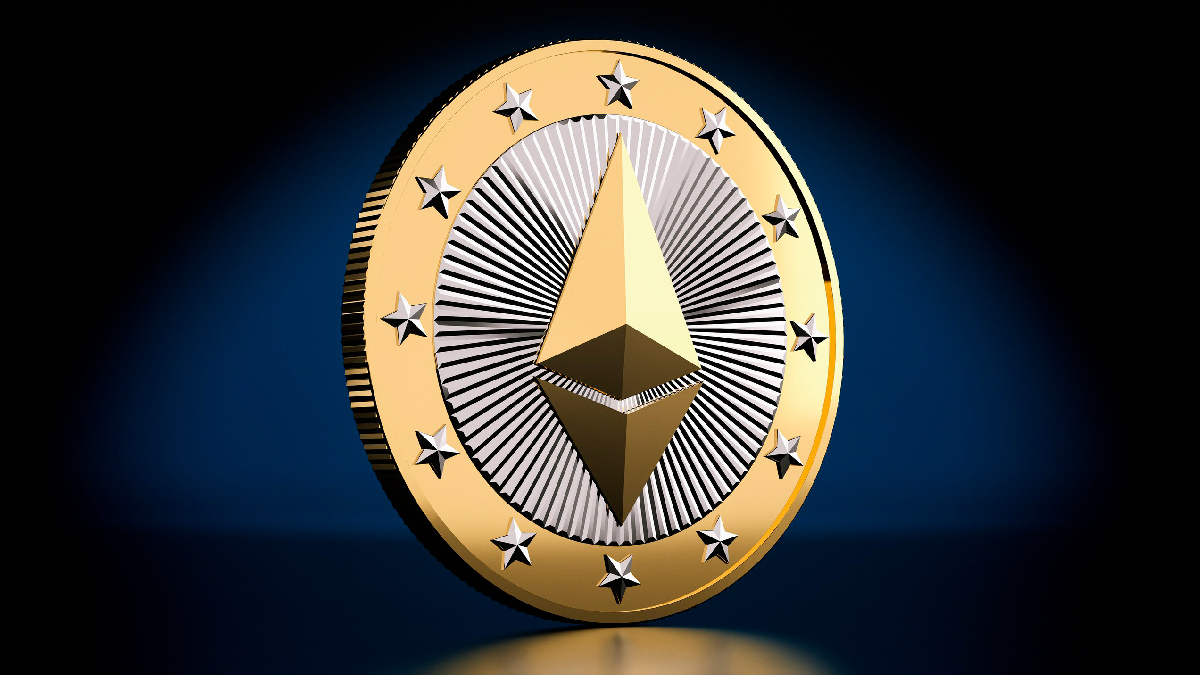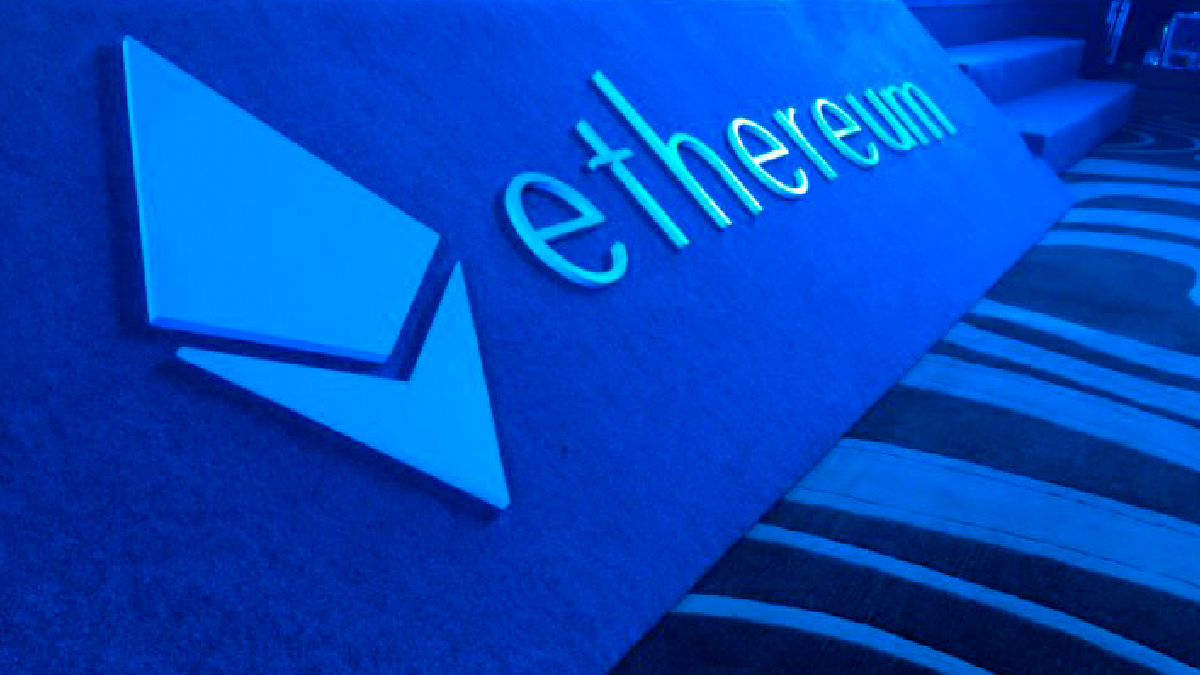Ethereum (ETH)
Ethereum is the second largest cryptocurrency after Bitcoin and has held ground since its launch in 2015. The cryptocurrency was launched almost 6 years after Bitcoin’s launch, and while its classified as an Altcoin, an exciting fact is that it wasn’t originally created to replace Bitcoin or offer an alternate means of payment (which is essentially the definition of an altcoin). In this article, we’ll discuss everything that you need to know about Ethereum, from its origins to the projects that it facilitates and the technology that powers this intelligent innovation. Let’s get started.
What is Ethereum?
It was created to introduce smart contracts in the crypto world, which was utilized by several hundred cryptocurrency projects. Ethereum’s popular ERC 20 and ERC 721 protocols were the foundation for most successful crypto projects. Ethereum’s functionality supported and created an ecosystem of altcoins and cryptocurrencies built for various applications - from sharing an internet connection with your neighbors, to selling units of electricity, digitalisation of contracts and gaming. Projects built on ERC 20 and ERC 721 have been more versatile than one would expect. Vitalik’s vision for Ethereum was to build an alternate internet, well he did achieve that, undoubtedly, infact, he achieved much more.
How is Ethereum Different from Bitcoin and Other Cryptocurrencies?
Ethereum is a cryptocurrency (a digital currency) like Bitcoin, and there is nothing else that is common between the two. There are some significant technical differences between the two leading cryptocurrencies, and most importantly, they have different purposes. Ethereum’s central focus is facilitating and creating an ecosystem of decentralized applications, while Bitcoin’s focus is to replace the existing broken financial system and facilitate P2P decentralized and trustless transactions among people, at a fraction of the cost.
How Does Mining Work on the Ethereum Blockchain?
In the Bitcoin network, miners solve complex problems to earn Bitcoin rewards, however, in Ethereum’s network, miners complete tasks and work to earn Ether. Ether is used by miners and traders to pay fees and pay for other services provided by the Ethereum network and this isn’t the same in case of Bitcoin. In the Bitcoin network all transactions are paid for in Bitcoin, however small the fraction of it is. In the Ethereum network, an alternate cryptocurrency (popularly known as $GAS) is used to pay miners their fees. The execution of every smart contract powered by Ethereum’s network requires GAS to be sent along with it, to pay miners for their contribution.
Bitcoin is the first popular cryptocurrency built for facilitating transactions and exchange of value, however, it was far from creating applications or executing settlement transactions between individuals. These features were introduced to the world of crypto by Vitalik Buterin’s Ether in 2015.
Any discussion about Ethereum is incomplete without understanding smart contracts in detail. Let’s move on to that.
Below you will find our most recent news coverage about Ripple (XRP).
Ethereum (ETH)
Below you will find our most recent posts about Ethereum (ETH). Ethereum is the second strongest cryptocurrency by market cap. It's also considered to be the equivalent version of silver when it comes to digital assets. Ethereum allows third party tokens (ERC20 tokens) to run on its blockchain.

Ethereum 2020
Ethereum is the second largest cryptocurrency by market capitalization and its market cap is $17 trillion currently. The altcoin is performing well with BUIDL

Ethereum BUIDL Week
Can you devs feel the excitement as Ethereum’s BUIDL week inches closer? Mark the dates of February 10-13, 2020 where BUIDL week brings with

Is Ethereum a Good Buy Right Now?
If you’ve been watching the cryptocurrency markets then you’ll know there’s a buzz of excitement (and a little trepidation) in the air. Sentiment to
Other Altcoins
Whether you're interested in Litecoin (LTC), Bitcoin Cash (BCH) or in the recently announced Facebook Libra... Here you will find the most relevant cryptocurrency news for all sorts of different altcoins.

How Do You Earn BNB Interest Through a Savings Account?
If you want to earn from your Binance coin holdings, you can decide to trade with it to make some capital gains, or you

Anchorage Acquires Merkle Data
No, we’re not talking about Alaska. Anchorage is a San-Francisco based firm providing its institutional custody services since 2017. Anchorage’s rivals are BitGo, Fidelity

Novogratz is Skeptical About Altcoin Rally
Novogratz is popular in the crypto community as a Bitcoin bull and recently on Crypto Twitter, he tweeted that he is struggling to understand
What are Smart Contracts?
Just as the name suggests, it is a contract that is smart - self executes without any dependency. In technical terms, it’s a bunch of code that digitally verifies and facilitates the execution of a contract between two parties without any involvement of a third. It doesn’t function in silos, it’s execution is governed by a network of computers that run on the Ethereum Network. These network computers are referred to as nodes.
A smart contract can be used for any application that involves the signing or exchange of an agreement between the two parties. Transactions are executed once the predefined conditions are met and this makes smart contracts an effective tool for resolving conflict that arises from oversight over terms of negotiation, or non execution of contract even after payment has been made and may such scenarios. It is the best solution for conflict-free transactions between two parties. While the smart contract does the execution, the terms of execution are entirely defined and set by the involved parties.
The most relevant news delivered right to your inbox.
How do Smart Contracts Really Work?
I’ll consider the example of the sale of a condo. Currently there is a long procedure followed by the two parties involved and it can get time consuming. However, the end result is the same even when a smart contract is involved, only the cost involved and time taken is relatively less. Scenarios in which real estate is bought/sold, there is an involvement if escrow. However, with the help of a smart contract this could be eliminated, and that obviously means a huge saving for both involved parties. A smart contract with predetermined conditions (in this case - on receiving money in Seller’s Account, initiate name transfer, generate certificate and dispatch to new owner/buyer) would make the process trustless and cheaper. Thus, both the parties exchange funds and receive the asset without the involvement of a third party.
Eliminating intermediaries slashes the cost in deals that amount to hundreds or thousands of USD. Smart contracts also facilitate part disbursal of funds/ asset as conditions are met. This helps to have better transparency in the workflow and creates trust, that didn’t exist previously.
The salient features of smart contracts are that they are backed by powerful - Blockchain Technology, they are trustless and they eliminate the dependency on an intermediary, they are accurate, autonomous and they enable fast execution of deeds.
Now that we know what are smart contracts and how they function, let’s discuss the most anticipated update in the Ethereum Blockchain - ETH 2.0
While Ethereum has been known for its tech innovation, facilitation of blockchain projects and an active and kicking DApp ecosystem, much has been said about its fundamental technology, the consensus mechanism used and its inability to scale. Vitalik has been discussing solutions to these problems with developers across the world at conferences and hackathons. We have heard him speak in bits and pieces and witnessed him put together a concrete plan for ETH 2.0. There have been several issues with mining, security and its PoS solutions, sharding, Plasma and much more. Most of these potential updates are coming bundled together as ETH 2.0. Ethereum’s launch in 2015 was to be rolled out in 4 stages - Frontier, Homestead, Metropolis and Serenity. We have covered Metropolis that included the roll-out of Byzantium and Constantinople.
Let’s discuss the roll-out of the new update feature by feature. We start with sharding. Sharding is basically the splitting of a large database in smaller and more manageable ones that would be distributed across the Ethereum Network. This would address deep issues like scalability and the speed of transactions on the network.
eWASM would again, increase the speed of execution of transactions and increase overall speed of the network. In technical terms, it enhances the coding capabilities of the Ethereum Virtual Machine.
Plasma protocol is basically a layer that would be added on top of the existing network and its functioning is similar to Bitcoin’s lightning protocol. Transactions would be off chain and then settlement would be made once a day or so, on the Ethereum network, thus reducing the number of actual transactions on the network and reducing the load on the database and network, enhancing speed and scalability. Raiden is another off chain solution, very closely related to Plasma. Serenity is basically creating a PoS chain for the Ethereum Network and solving the technical challenges that the network faces currently. It is poised to increase the speed and power the network at least by 100 percent.
While these exciting updates are already underway, the timeline is not fixed and we may see a roll-out that starts in 2020 and goes into 2021. However, Ethereum is set to change the way it works and ETH 2.0 will make its way into the crypto world soon enough.
Disclaimer
Content provided by CryptoTraderNews is for informational purposes only, and should not be construed as legal, tax, investment, financial, or other advice. All information is of a general nature. As always, there is risk with any investment. In exchange for using our products and services, you agree not to hold CryptoTraderNews Pro, its affiliates, or any third party service provider liable for any possible claim for damages arising from decisions you make based on information made available to you through our services.
